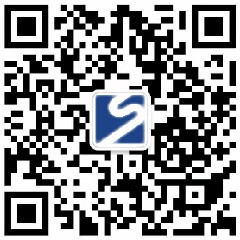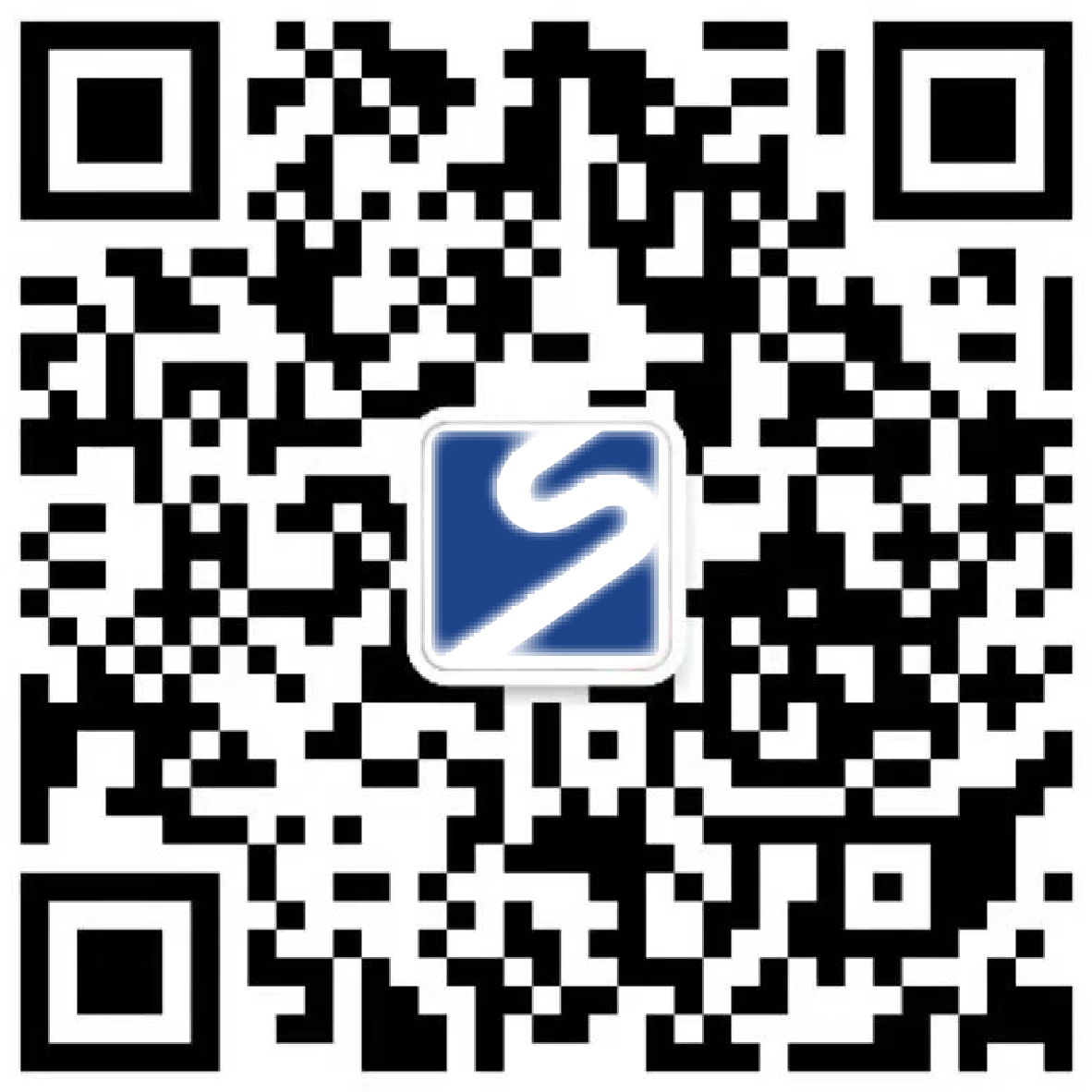Customer acquisition cost control for corporate brochure production: algorithm collaboration for precise delivery
Mr. Zhang has been a little annoyed recently. His technology company has just completed a round of financing, and it is in urgent need of a batch of high-quality brochures for potential investors and big customers. Xiao Chen from the marketing department submitted three supplier plans: Company A offered the lowest price but the case was rough; Company B's stunning design can exceed the budget by 50%; Company C has a moderate price, but it can't tell how the manual can accurately reach its target population. "The money has been spent, the manual has been printed, to whom? How to send it? How many effective customers can it be brought by sending it out?" Mr. Zhang's question goes straight to the core-the efficiency transformation of corporate brochure production is stuck in the cost of customer acquisition. In front of the mountain.
Many enterprises are faced with a dilemma similar to that of General Manager Zhang: it took a lot of effort to make the manual, but it "cast a wide net" in the delivery process, resulting in soaring costs and discounted effects. If a well-planned and beautifully designed corporate brochure can't efficiently reach the "right people" who really need it and can generate the willingness to cooperate because of it, its huge potential value is seriously diluted. The cost of customer acquisition has become an urgent gap to be bridged between the investment in manual production and the final commercial return.
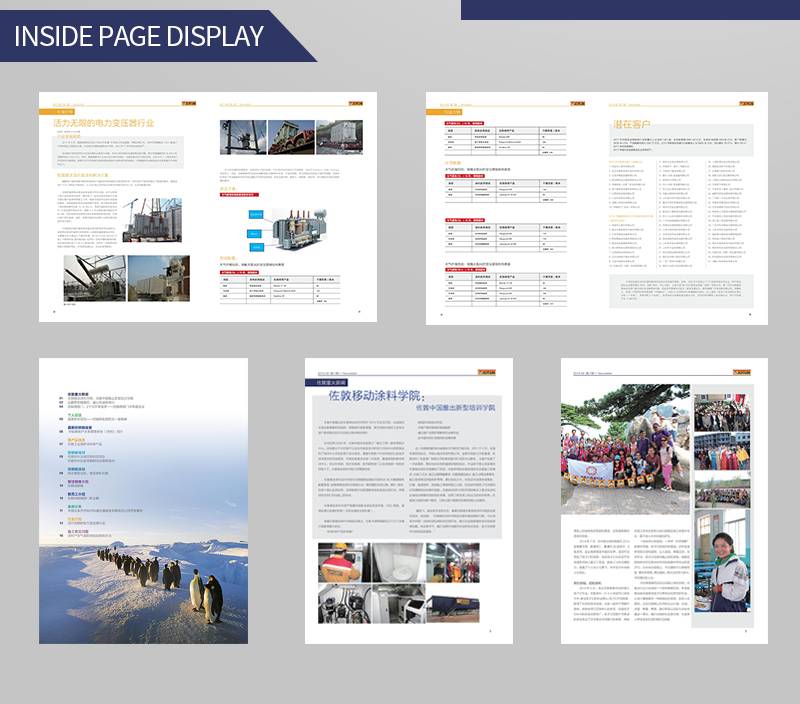
1. Accurate delivery: let every cent of manual production cost be spent wisely
"I know half of my advertising money is wasted, but unfortunately, I don't know which half." This puzzle of the century in marketing is particularly prominent in traditional brochure distribution. Blind mailing, random distribution at exhibitions, and having a copy in hand when customers visit... These methods are like "shotguns", with wide coverage but worrying accuracy. A large number of manuals may end up in wastebaskets.
The solution lies in "precise delivery":
In-depth portrait, locking in "real demand": no longer vaguely define "potential customers". By analyzing the characteristics of historical transaction customers, industry big data, and online behavior trajectories (such as official website browsing, content downloading), we clearly outline the portraits of customers with high conversion potential: Who are they (industry, scale, position)? What are the pain points? How is the decision chain? At the beginning of the production of the manual, content planning should closely focus on the information needs and decision-making paths of these core target groups.
Data-driven delivery decisions: Say goodbye to choosing delivery channels based on feelings. Leveraging Data Analytics:
Channel selection: Analyze the audience matching and historical conversion data of different industry summits, professional platforms, and online communities to find out the "golden channel" with the highest exposure efficiency of the manual.
Timing capture: Combined with the customer procurement cycle, hot events in the industry, and major milestones of the enterprise itself (such as new product release and successful financing), the manual is accurately delivered at the timing that is most likely to attract the attention and action of target customers.
The content of the manual is strongly adapted to channel scenarios: For different delivery channels and contact scenarios, the production of "variants" of the manual is crucial. A manual for technical decision makers, focusing on in-depth technical analysis and successful cases; The version for senior managers highlights the analysis of strategic value and return on investment. The online preview version needs to be loaded quickly and focused; The offline hardcover version emphasizes texture and detailed experience.
The essence of precise delivery is to upgrade "corporate brochure production" from pure material production to a target customer-centered and transformation-oriented strategic information transmission system project. It requires the content planning, design, production and delivery strategies of the manual to be highly coordinated under the drive of data to ensure that the "sword" of the manual can firmly pierce the most valuable "bull's-eye".
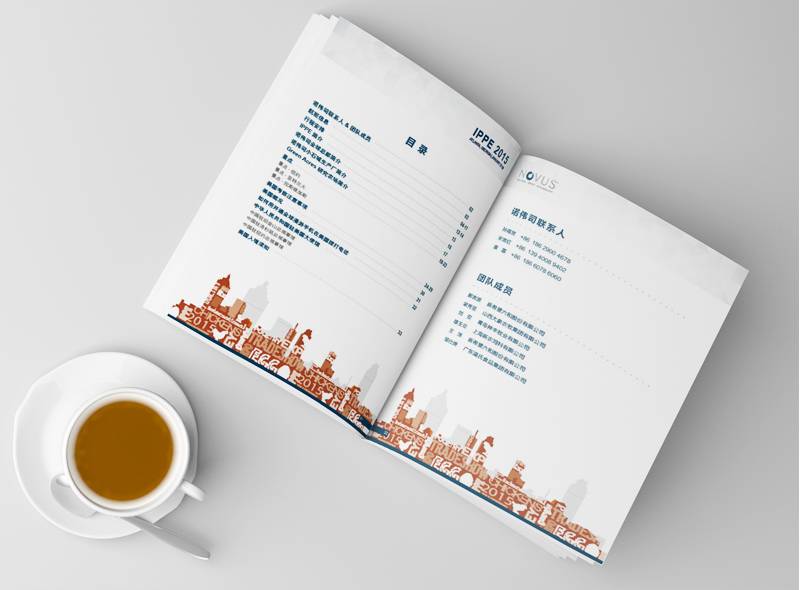
2. Algorithm Collaboration: Intelligent Engine Drive Manual Performance Transformation
When the goal of accurate delivery is established, how to execute it efficiently and continuously optimize it? This is the stage where algorithm collaboration shows its talents. It is like installing intelligent navigation and automatic driving systems for manual delivery.
How does the algorithm empower manual customer acquisition cost control?
Intelligent audience targeting and scaling: Use machine learning models to automatically identify new potential groups that are highly similar to seed customers (high-value customers) in massive data. For example, the algorithm can find that a group of company employees from complementary industries who have downloaded your industry white paper, paid attention to specific technical topics, and have a high potential interest in the content of the manual. This greatly expands the effective reach range while avoiding inefficient blind throwing.
Dynamic bidding and budget allocation: When the online advertising manual is downloaded electronically or guided, the algorithm evaluates the conversion probability and cost of different groups of people, different time periods, and different advertising spaces in real time. Automatically increase the bid for people with high conversion potential to seize high-quality exposure, while lower the bid or suspend the delivery for people with low potential. The budget of the entire delivery cycle, as if being controlled by an intelligent regulating valve, always flows in the most efficient direction.
Intelligent selection of creative elements: In the online promotion of manuals (such as landing pages, information flow advertisements), the algorithm can quickly test the attractiveness of different cover designs, core selling point copywriting, customer testimony combinations, etc. to the target group. Based on real-time data feedback, it automatically amplifies the creative combination with the best effect to increase click-through rate and download willingness.
Cross-channel collaboration and attribution analysis: User journeys often span multiple touchpoints (search, social, email, offline activities). The algorithm can track the user's full-link behavior from seeing the manual advertisement for the first time, to downloading the electronic version, to browsing the official website and even the final inquiry. Clearly quantify the real contribution of different channels and different delivery strategies to the final transformation of the manual (such as capital retention and inquiry), and provide a solid basis for subsequent optimization.
The core value of algorithm collaboration lies in transforming manual delivery from an extensive mode of "experience-driven" to a refined operation driven by "data intelligence". It makes each round of delivery the cornerstone of the next optimization, constantly lowering the ineffective cost in the dynamic cycle, and amplifying the effective business opportunities brought by the manual. The value chain of corporate brochure production is therefore extended and firmly anchored to the ultimate business growth.
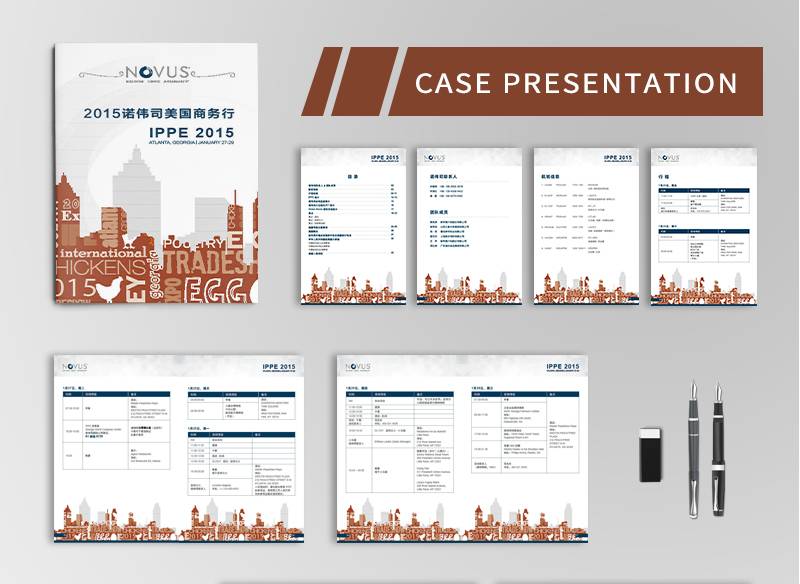
3. Efficiency transformation: the practical password for manual cost control
Theory needs to be verified by practice. How to achieve "cost reduction and efficiency increase" in real business by combining corporate brochure production with accurate delivery and algorithm collaboration? The key lies in getting through key links:
Goal setting: The balance point between cost and effectiveness: Clearly define the core goals of manual delivery (such as the number of sales leads, the number of visits to related pages on the official website, and the number of specific product inquiries), and set a reasonable cost threshold (such as the cost of a single effective lead CPL). This is the baseline for evaluating the synergistic effectiveness of algorithms.
Data infrastructure: the cornerstone of collaboration: It is crucial to establish a unified data tracking system. From the download link of the electronic version of the manual, the QR code of offline activities, and the official website inquiry form, monitoring codes need to be deployed. Ensure that user behavior data (source channels, manual versions, follow-up actions) can flow back to the analysis platform to provide "nourishment" for the algorithm.
Agile testing: small steps and fast run optimization: avoid high risks of large investment at one time. Adopt A/B testing:
Test the attractiveness of different brochure content core points in your creative.
Test response rates and conversion costs across different audience segments.
Test the cost performance of different delivery channel combinations.
Based on rapid feedback data, continuously iterate the delivery strategy and the focus of the manual content.
Closed-loop feedback: two-way nourishment of content and delivery: delivery data is not only the basis for cost control, but also a valuable input for optimizing future manual production:
Which content chapters are repeatedly viewed and stayed by target customers?
Which success stories resonate the most?
Which customer pain points are effectively answered by the manual?
These insights should be directly fed back to the planning and design team to guide the content upgrade of the next round of manual, forming a closed growth loop of "production-delivery-feedback-optimization".
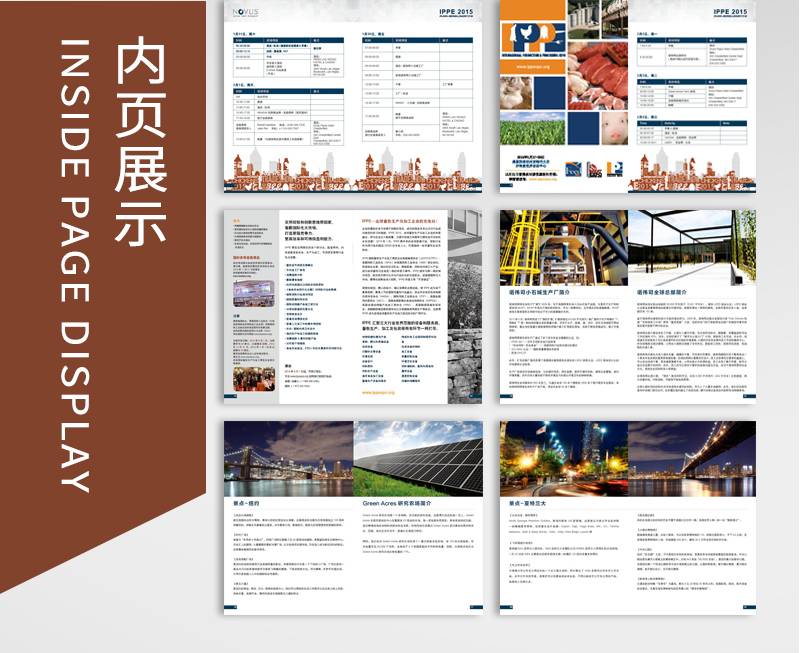
"Corporate brochure production" is no longer the end of one-time delivery, but a key node of dynamic optimization in the continuous customer acquisition journey. Every update of the manual carries the accurate cognition accumulated from the previous release, making the next touch more accurate, lower in cost, and higher in conversion.
Accurate delivery and algorithm collaboration are like installing efficient navigation and intelligent engine for the production of corporate brochures. A high-end equipment manufacturer targeted "provincial-level leading manufacturing enterprises with the intention of going overseas" through in-depth customer portraits, and accurately sent customized manuals to 200 selected decision-makers on the eve of the top summit in the industry. Combined with email and LinkedIn's algorithm collaborative touch, 15 high-quality inquiries were harvested in a single month, and the cost of a single effective lead dropped by 68% compared with previous blind delivery.
When the content of the manual directly hits pain points, the design conveys trust, delivers precise guidance, and the algorithm is continuously optimized, each manual becomes a powerful tool for efficient customer acquisition.Production of corporate brochuresThe value of customer acquisition is truly released in every accurate touch and efficient conversion-this is the ultimate password for customer acquisition cost control. Say goodbye to extensiveness, embrace precision and intelligence, and let your manual truly become a powerful engine for business growth.

